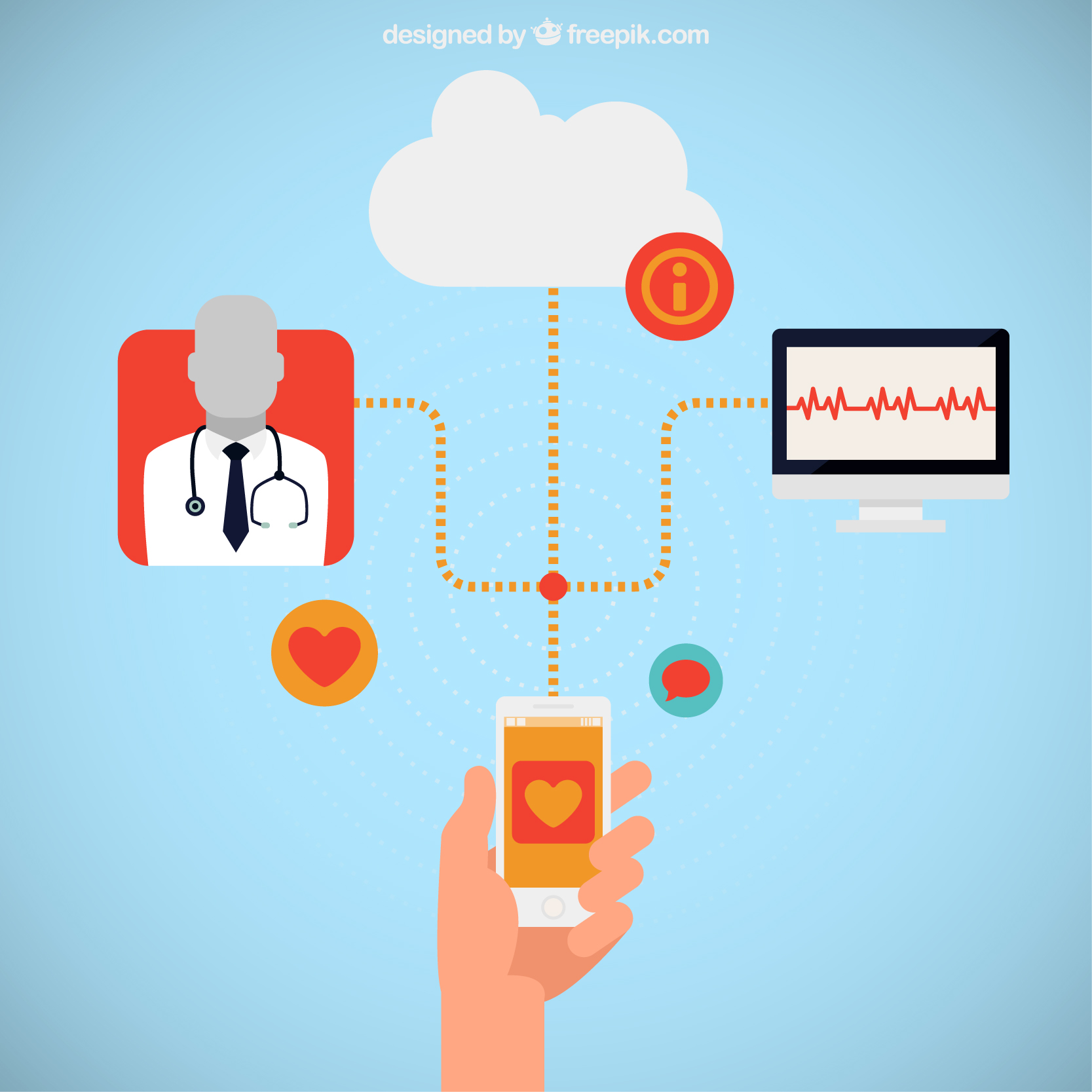Innovative Approaches to EHR and EMR Integration for Specialty Care Providers

Strong 8k brings an ultra-HD IPTV experience to your living room and your pocket.
In the evolving landscape of healthcare, Electronic Health Records (EHR) and Electronic Medical Records (EMR) systems are pivotal in ensuring efficient patient care and streamlined operations. For specialty care providers, integrating EHR and EMR systems poses unique challenges and opportunities. Innovative approaches to these integrations are essential to enhancing care delivery, improving patient outcomes, and optimizing clinical workflows. This blog explores some of the most effective and cutting-edge strategies for EHR and EMR integration services tailored to specialty care providers.
Understanding the Unique Needs of Specialty Care Providers
Specialty care providers focus on specific areas of medicine, such as cardiology, oncology, or orthopedics. Their needs often differ from general practitioners due to the complexity of care, the need for detailed patient histories, and specialized treatment protocols. Effective EHR and EMR integration for these providers must address the following aspects:
Complex Data Requirements: Specialty care often involves detailed patient records, complex treatment plans, and multi-disciplinary inputs.
Integration with Diagnostic Tools: Many specialties use specific diagnostic tools and equipment that need to interface with EHR and EMR systems.
Regulatory Compliance: Specialty practices must adhere to industry-specific regulations and guidelines, requiring tailored EHR and EMR solutions.
1. Customizable Templates and Forms
Overview: Customizable templates and forms are essential for specialty care providers who deal with unique clinical scenarios. Standard EHR and EMR systems may not meet the specific documentation needs of different specialties. Customizable templates allow providers to capture relevant data efficiently and accurately.
Innovative Approach:
Dynamic Templates: Implement EHR systems with dynamic templates that adapt based on the specialty or specific patient conditions. These templates can be updated in real-time to reflect the latest medical guidelines and treatment protocols.
Specialty-Specific Forms: Develop specialty-specific forms for documentation, including detailed checklists, diagnostic criteria, and treatment plans that align with industry best practices.
Benefits:
Enhanced Accuracy: Reduces manual entry errors by automating and streamlining documentation.
Improved Efficiency: Speeds up patient data entry and retrieval, allowing providers to focus more on patient care.
2. Integrated Diagnostic and Imaging Tools
Overview: Specialty care often involves using diagnostic tools and imaging systems that generate large volumes of data. Integrating these tools with EHR and EMR systems ensures that all patient information is centralized and accessible.
Innovative Approach:
Unified Interfaces: Develop unified interfaces that allow EHR systems to seamlessly integrate with diagnostic tools and imaging software. This integration ensures that test results, images, and reports are automatically uploaded to the patient's record.
Real-Time Data Sharing: Implement real-time data sharing capabilities to facilitate immediate access to diagnostic results, enhancing clinical decision-making.
Benefits:
Comprehensive Patient Records: Provides a holistic view of the patient's health, improving diagnostic accuracy and treatment planning.
Streamlined Workflow: Reduces the need for manual data entry and minimizes the risk of data loss or duplication.
3. Advanced Data Analytics and Decision Support
Overview: Advanced data analytics and decision support tools can significantly enhance the capabilities of EHR and EMR systems. For specialty care providers, these tools offer insights into patient data, treatment efficacy, and emerging trends.
Innovative Approach:
Predictive Analytics: Utilize predictive analytics to forecast patient outcomes, identify high-risk patients, and personalize treatment plans based on historical data and patient demographics.
Clinical Decision Support Systems (CDSS): Integrate CDSS with EHR systems to provide evidence-based recommendations, alerts for potential drug interactions, and guidelines for complex conditions.
Benefits:
Informed Decision-Making: Supports providers in making data-driven decisions and improving treatment accuracy.
Enhanced Patient Outcomes: Helps in identifying potential issues early and adjusting treatment plans proactively.
4. Patient Engagement and Portals
Overview: Engaging patients through digital portals is a key component of modern healthcare. For specialty care providers, patient portals facilitate communication, appointment scheduling, and access to personal health information.
Innovative Approach:
Personalized Portals: Develop patient portals tailored to the needs of specialty care patients, offering customized information, appointment reminders, and access to educational resources specific to their condition.
Telehealth Integration: Integrate telehealth capabilities into patient portals to allow for remote consultations, follow-up appointments, and monitoring, reducing the need for in-person visits.
Benefits:
Improved Patient Experience: Enhances patient satisfaction by providing easy access to their health information and enabling convenient communication with their healthcare providers.
Better Adherence: Encourages patient adherence to treatment plans and follow-up appointments through automated reminders and educational resources.
5. Interoperability and Data Exchange
Overview: Interoperability between different EHR and EMR systems is crucial for specialty care providers who often collaborate with general practitioners and other specialists. Effective data exchange ensures that patient information is consistent and accessible across various platforms.
Innovative Approach:
Health Information Exchanges (HIEs): Participate in health information exchanges that facilitate secure data sharing between different healthcare entities, ensuring that patient records are up-to-date and comprehensive.
Standardized Data Formats: Adopt standardized data formats and protocols, such as HL7 and FHIR, to ensure seamless integration and communication between different EHR and EMR systems.
Benefits:
Enhanced Collaboration: Promotes effective communication and collaboration between healthcare providers, improving the continuity of care.
Reduced Errors: Minimizes the risk of errors and discrepancies in patient records by ensuring consistent and accurate data exchange.
Conclusion
Innovative approaches to EHR and EMR integration services are essential for specialty care providers who require tailored solutions to meet their unique needs. By leveraging customizable templates, integrating diagnostic tools, utilizing advanced data analytics, enhancing patient engagement, and ensuring interoperability, specialty practices can optimize their workflows, improve patient outcomes, and enhance the overall quality of care. As technology continues to advance, these innovative strategies will play a crucial role in shaping the future of specialty care and ensuring that providers can deliver the highest standard of care to their patients.
Note: IndiBlogHub features both user-submitted and editorial content. We do not verify third-party contributions. Read our Disclaimer and Privacy Policyfor details.





